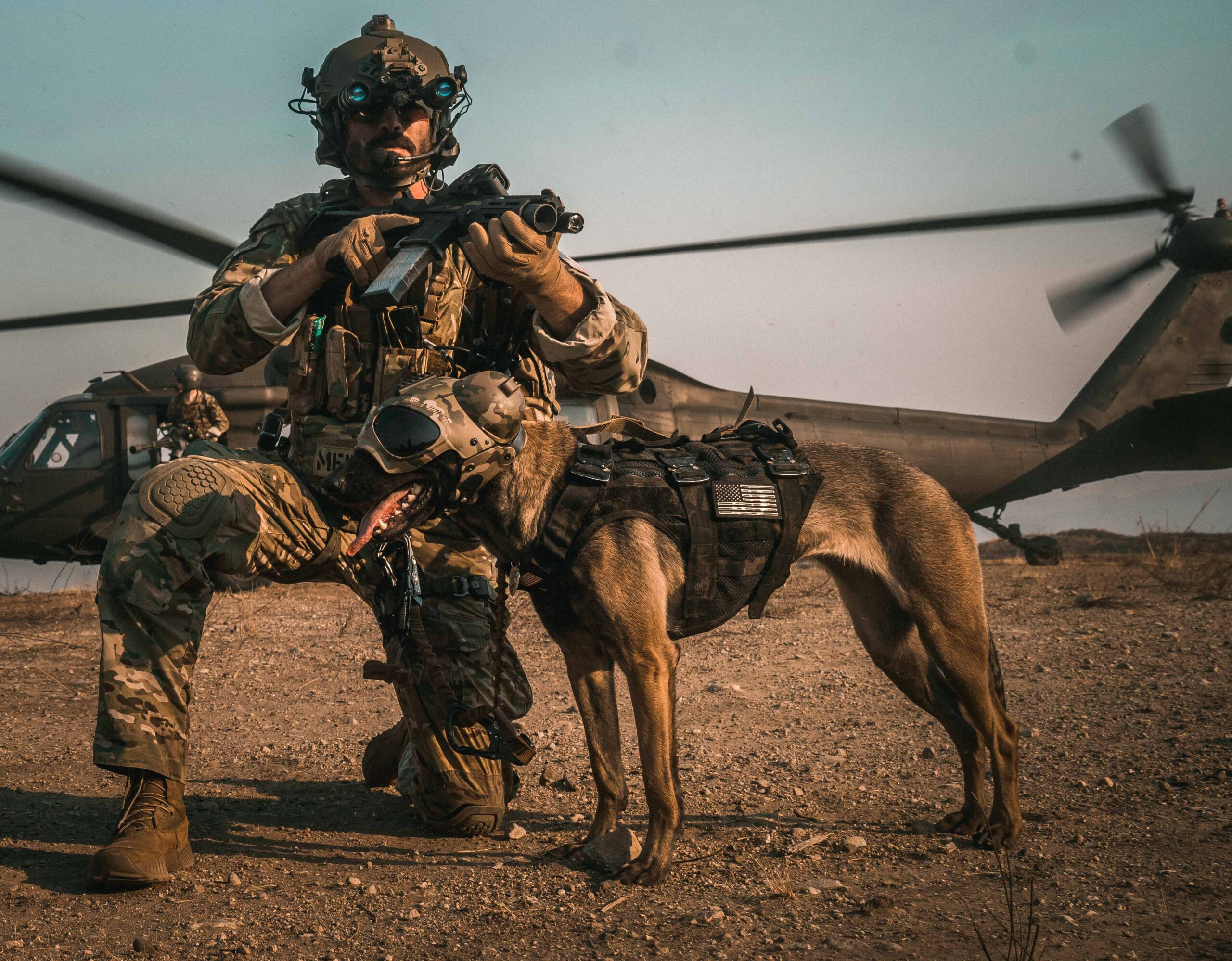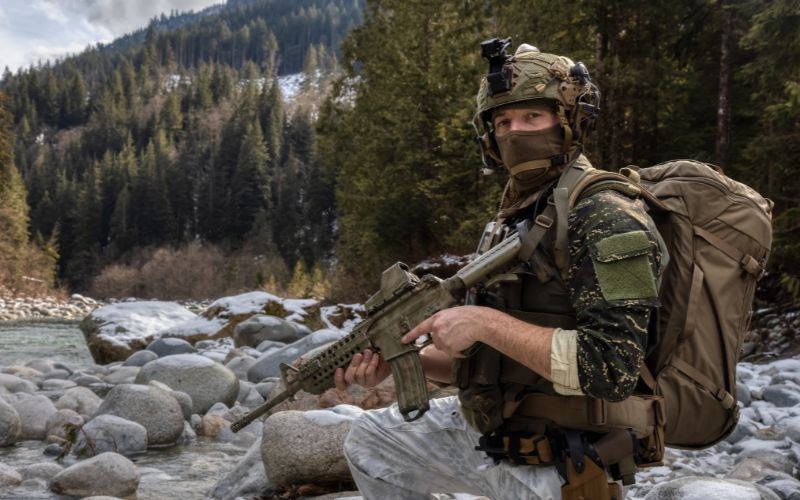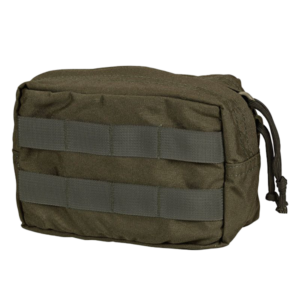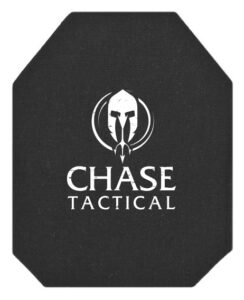Training Tips for Efficient Use of Tactical Equipment

In high-stress scenarios, whether in military operations, law enforcement duties, or tactical sports, equipment can either be your strongest ally or your greatest liability. Tactical gear is designed to offer support, protection, and utility, but only when used correctly. A perfectly engineered tactical vest or holster won’t serve its purpose unless you’ve trained to use it instinctively under pressure.
This blog will guide you through key training strategies to enhance your use of tactical equipment, enabling you to stay fast, focused, and functional when it matters most.
Why Tactical Equipment Training Matters
Owning high-quality tactical gear is just the beginning. Efficiency comes from how well you can integrate that equipment into your movements, decision-making, and endurance in real-world conditions.
The Consequences of Poor Gear Use

Improper training or unfamiliarity with your loadout can result in:
- Slower response times during critical moments.
- Increased fatigue due to poor weight distribution.
- Difficulty accessing tools or weapons when needed.
- Unsafe handling under stress.
In field operations, even a two-second delay in accessing a tool or reacting to a malfunction can mean the difference between mission success and failure. Efficiency doesn’t just improve performance; it enhances survivability.
Understanding the Function of Each Gear Component
Before you train physically with your gear, it’s essential to understand what each piece of equipment does and when it should be used. Your tactical vest isn’t just body armor; it’s a modular system for quick access to magazines, communication devices, and medical supplies. Your belt isn’t just for holding up pants—it supports sidearms, knives, and utility pouches.
Every item in your kit has a place and a purpose. Mapping out your gear layout and understanding its logic is the first step toward mastering it in action.
Training Tips for Efficient Use of Tactical Equipment
Once you’re familiar with your loadout, it’s time to get hands-on. Here are the most effective ways to train with your tactical equipment to enhance performance and responsiveness.
1. Train in Full Loadout from Day One
Many people train in perfect conditions, such as wearing gym clothes, having nice weather, and not using any gear. But real-world operations won’t wait for you to be comfortable.
When you practice in full tactical gear, your body learns to adapt to the weight, restrictiveness, and heat retention of the gear. It changes how you move, how long you can endure physical strain, and how quickly you can transition between actions, such as sprinting, kneeling, and reloading.
Running drills in full gear also helps identify potential issues with chafing, balance, or accessibility, allowing you time to adjust before they become a problem in the field.
2. Customize Your Gear Layout Through Real Training

Every professional arranges their gear in a personal way. This is why no two setups are the same. What works for one operator may slow down another. Your training should include repeated scenarios where you test the accessibility of different types of pouches, holsters, and straps.
Start by arranging your gear based on your dominant hand and mission priorities. Then, run reloads, draw drills, and make equipment changes while timing yourself. Pay attention to what feels awkward or inconsistent. After each session, adjust the placement of your gear until it supports, rather than interrupts, your movement.
This trial-and-error process transforms your gear into an intuitive toolset.
3. Incorporate Physical Conditioning with Tactical Movements
Physical fitness is vital, but conventional training doesn’t account for the strain tactical gear adds. Wearing a 15–20 kg body vest alters your center of gravity and impacts your agility.
Integrate compound movements with your gear for exercises like squats, burpees, sprints, and climbs. Add short tactical tasks, such as reloading a weapon or switching tools, between exercises under a time limit. These conditions enable your body to perform critical tasks even when fatigued.
Crawling, bounding, and breaching drills are especially helpful for improving real-world functional fitness in full kit.
4. Use Stress-Based Drills to Build Muscle Memory
When adrenaline kicks in, your fine motor skills deteriorate. That’s why stress training is essential for anyone using tactical gear. It prepares you to act decisively when your body is under pressure.
Set up high-intensity scenarios where you:
- Perform physical tasks (like sprinting or climbing)
- Immediately transition into gear-related actions (like drawing a weapon or applying a tourniquet)
You can also add time constraints, darkness, or surprise elements to simulate the chaos of a battlefield. The goal is to automate gear access and weapon handling, even when your mind is racing.
5. Practice With Limited Visibility and Mobility
You won’t always have ideal conditions in the field. Darkness, tight spaces, and injury can impair your ability to use your equipment efficiently.
Train with reduced visibility, such as using blackout goggles or dim lighting, to mimic night missions. Practice one-handed drills in case of injury or encumbrance. Can you draw your weapon, reload, or call for help with one hand?
These limitations force you to develop creative, practical muscle memory that can save your life when things go wrong.
6. Simulate Mission Environments and Real Scenarios
Static drills have their place, but the real value lies in training in settings that closely resemble operational conditions. Whether it’s urban structures, wooded terrain, or vehicles, you need to understand how your gear performs in various contexts.
Try running room-clearing drills in tight hallways or climbing obstacles with full gear. Add environmental distractions like mud, rain, or uneven surfaces. These scenarios teach you how to adapt your movements and gear used on the fly.
Scenario training also helps reveal which gear items are unnecessary weight and which ones need to be relocated for faster access.
7. Re-Evaluate and Audit Your Loadout Often
Your needs will evolve. Is your gear set?
After every training session or tactical operation, ask:
- What gear did I never use?
- Was anything hard to reach or unnecessary?
- Did I fumble during any task?
- Did my gear hinder my movement?
Based on your answers, fine-tune your kit. Cut the clutter, shift the placement, or upgrade components. Keeping your loadout lean and tailored to the mission is key to maintaining efficiency.
Conclusion
Tactical gear is only as effective as the operator using it. No amount of advanced engineering or high-quality materials can compensate for poor training. When your equipment feels like an extension of your body, you will move more easily, react faster, and perform with greater confidence.
Whether you’re in the field, in a training facility, or preparing for tactical sports or emergencies, these training principles will help you get the most out of your gear—and yourself. Invest the time now so you’re ready when it counts.
Frequently Asked Questions
How often should I train with my tactical gear?
Aim for at least one full-gear training session per week. If you’re preparing for deployment, competition, or an active-duty role, increase to two or more sessions that include both movement and gear-specific drills.
What’s the most common mistake people make with their tactical setup?
The most common mistake is overloading the gear or placing items in inconvenient spots. If you can’t access a critical tool quickly or your gear slows your movement, it needs to be re-evaluated.
How do I know when my gear layout is optimal?
You’ll know it’s right when you can complete complex tasks quickly, smoothly, and without looking down. Regularly time your drills and record your sessions to track progress and identify areas for improvement.

